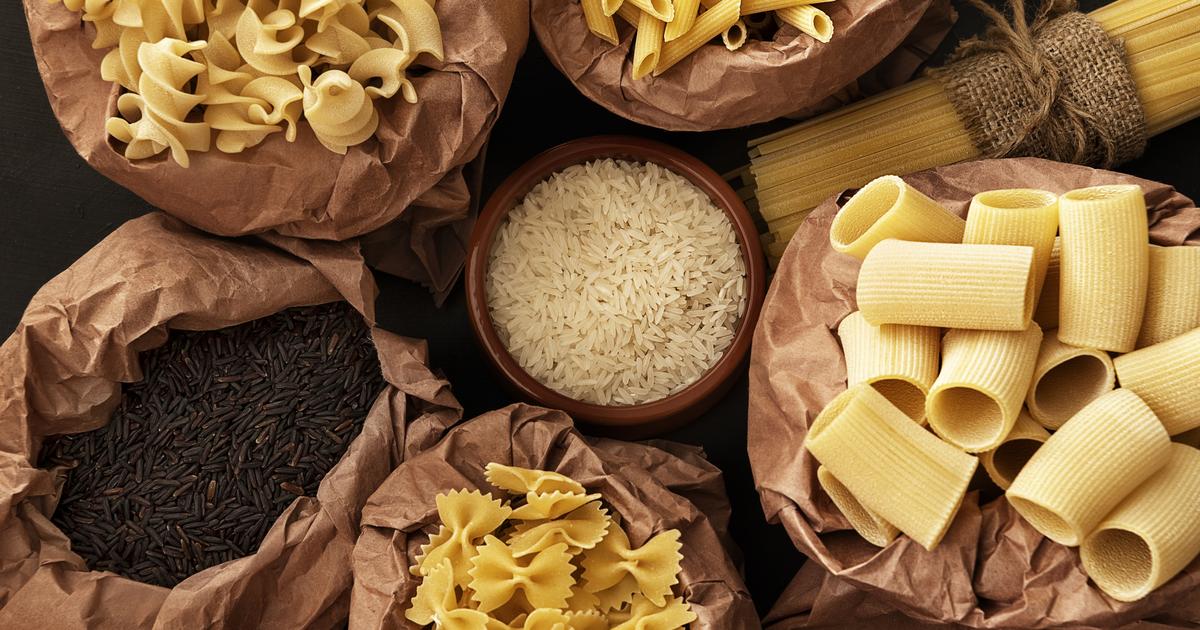Monica Bertolazzi/Getty Images
THE RIGHT QUESTION.- They are both part of the great classics of kitchen cabinets. But from a nutritional point of view, should we favor one over the other? A dietitian nutritionist answers us.
Tagliatelle, shells, basmati rice, long grain… Quick to prepare and serve on the plate, pasta and rice are some of the great classics in our kitchen cupboards. They belong to the large family of starchy foods, a category of foods that wrongly suffers from a very bad reputation. Consisting of carbohydrates, they provide us with our main source of energy. But between pasta and rice, which should be favored? Who is healthier?
Also readCan you eat pasta every day?
A similar nutritional composition
There is no need to make a choice, neither of the two is preferred. And for good reason, “its nutritional composition is relatively similar, with about 30% carbohydrates once cooked and a negligible intake of lipids; except for the pasta that contains eggs, which are richer in lipids,” points out Alexandra Murcier, dietitian nutritionist. The differences between the two foods are related to their protein content – the pasta contains a little more – and their gluten content – the rice is free – an advantage for people with intolerances.
Both are valuable allies in the daily diet, as they also provide us with vitamins and minerals, essential for the proper functioning of our body. Good to know: the complete versions of both foods contain more, since they have preserved their grain and therefore all the nutrients present.
” data-script=”https://static.lefigaro.fr/widget-video/short-ttl/video/index.js” >
Consume well
The only special care to be taken concerns the amounts ingested and their accompaniment. The equation is simple: the greater the amount of carbohydrates ingested, the greater the risk of storage. Clarifications: in the case of a too high carbohydrate intake, insulin, the hormone that regulates blood sugar levels, is overwhelmed to carry out this mission. Faced with too much sugar in the body, so keep fat.
An ideal plate for me is a quarter of protein, a quarter of starchy foods and half of vegetables.
Alexandra Murcier, dietitian nutritionist
“An ideal plate is a quarter of proteins, a quarter of starchy foods and half of vegetables”, continues Alexandra Murcier. Vegetables are essential as a source of fiber, which slows down the absorption of sugars in the blood and “traps cholesterol”, adds the specialist. Whole grain pasta and rice also contain more fiber than their refined version.
Ideally, it is better to return to whole and organic foods; corn husks are less likely to contain pesticides. The cooking time is also important: “the more we cook them, the more we increase their glycemic index, we favor al dente cooking”. There is therefore nothing to choose, it must be cooked to perfection.

